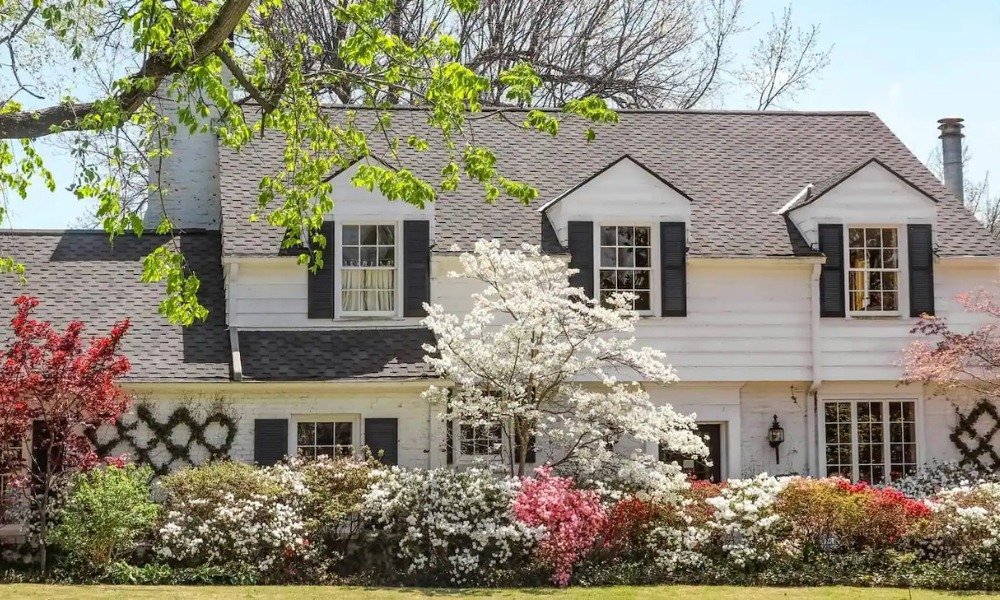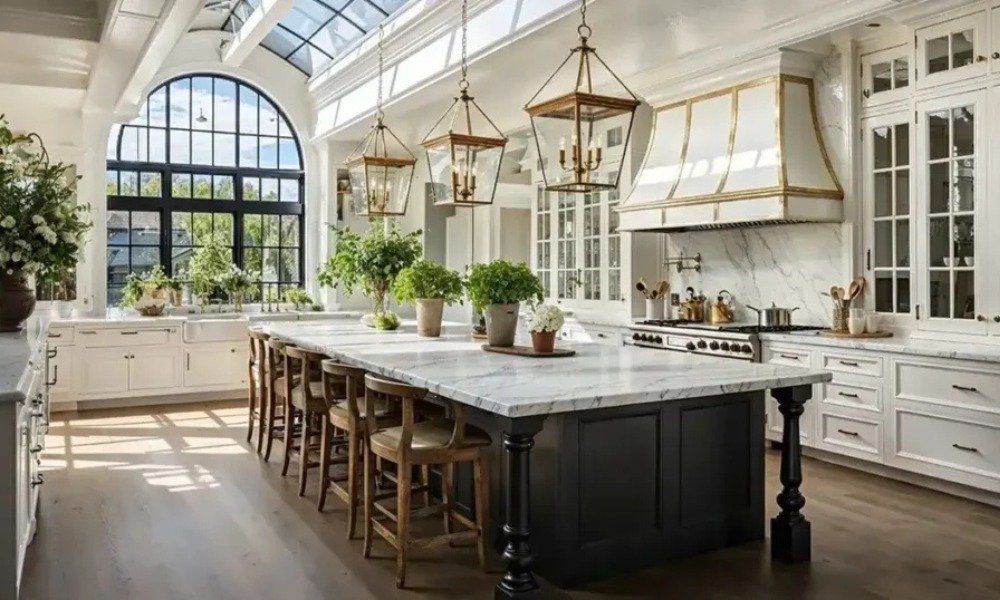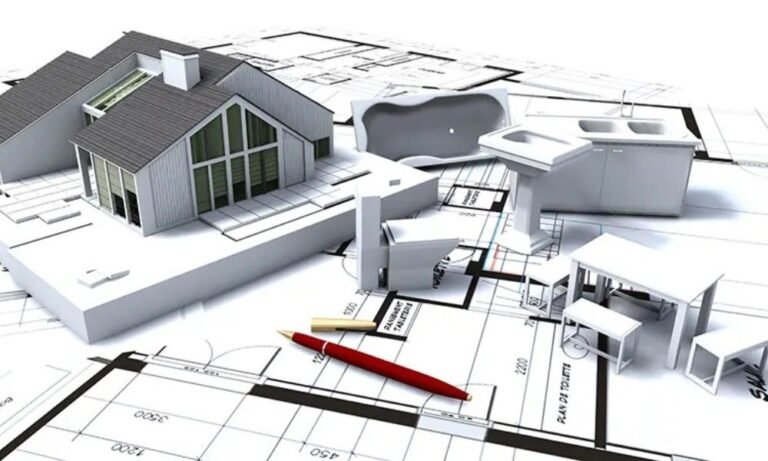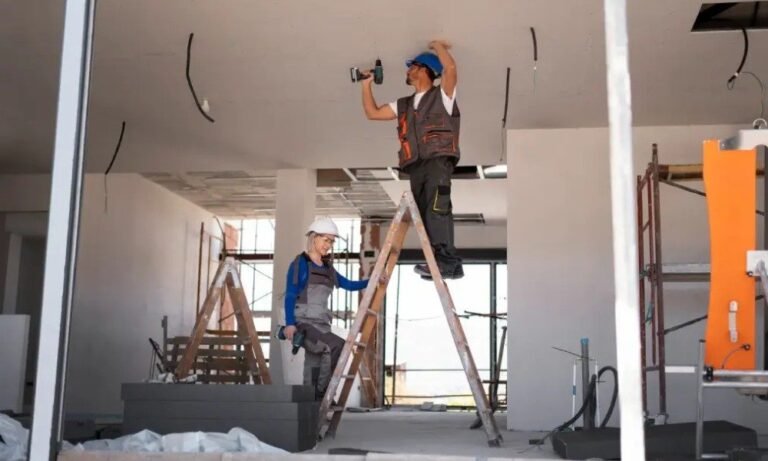Estimated reading time: 5 minutes
Timing a renovation can feel like a guessing game. Should I start in the spring when the weather is nice? Or is winter the best time to lock in contractor availability and lower prices? The truth is, the best time to remodel depends on the type of project, budget, and personal schedule.
If you’re considering a home renovation, here’s what I’ve learned about the best seasons for different projects, cost-saving opportunities, and how to plan for a smooth remodel.
What You’ll Learn in This Guide
✔ Best seasons for different renovations (kitchen, bathroom, exterior, and more)
✔ How weather affects remodeling projects
✔ Timing tricks to save money and avoid delays
✔ When contractors are most available
Let’s break it down.
1. Why Timing Matters in Renovation
Planning a remodel isn’t just about choosing designs and hiring a contractor. Timing plays a major role in:
- Project costs – Prices for labor and materials fluctuate based on demand.
- Contractor availability – Some seasons are busier than others.
- Weather conditions – Rain, humidity, or extreme temperatures can slow work.
- Personal schedule – Living through a renovation isn’t always convenient.
So, which season is best for your project? That depends on what you’re renovating.
2. Best Seasons for Different Renovation Projects
Spring: Great for Outdoor and Large-Scale Projects

Spring is one of the busiest seasons for renovations, and for good reason.
✔ Perfect for exterior work – Decks, patios, roofing, and landscaping all benefit from mild temperatures.
✔ More daylight hours – Workers can start earlier and finish later.
✔ Ideal for whole-home remodels – If I want my house done before summer, spring is my window.
Downside: Since spring is a peak season, contractor schedules fill up fast. If this is my ideal time to remodel, I should book months in advance.
Summer: Best for Kitchen & Interior Remodels

Summer is prime time for indoor projects.
✔ Kitchens are easier to remodel – I can cook outside on a grill while my kitchen is out of commission.
✔ Good time for vacations – If I don’t want to live through the mess, I can schedule a renovation while I’m away.
✔ Garage & basement projects – Warm weather makes working in these spaces easier.
Downside: Summer is expensive. Contractors are in high demand, and prices for labor and materials tend to be higher.
Pro Tip: If I want to save money on a kitchen remodel, I should check out these cost-saving tips.
Fall: Ideal for Roofing, Painting & Exterior Work
Fall is often considered the best season for home improvements.
✔ Great weather – Not too hot, not too cold.
✔ Perfect for roof replacements – Before winter storms hit, fall is the time to check my roof.
✔ Ideal for siding & painting – Cooler temperatures help paint and finishes dry properly.
Downside: Many homeowners rush to finish projects before the holidays. If I wait too long to book a contractor, I might be out of luck.
Winter: Budget-Friendly for Indoor Renovations
Winter is underrated for home renovations.
✔ Lower contractor rates – Since fewer people remodel in winter, I might get a better deal.
✔ Easier scheduling – Contractors have more availability, meaning faster turnaround times.
✔ Best for indoor work – Basement remodels, bathrooms, and home offices are great cold-weather projects.
Downside: Some materials (like paint or wood) don’t perform well in cold temperatures, so exterior work should wait until spring.
If I want to save money, winter is a great time to start my remodel. I can also lock in lower rates by scheduling my project in late fall before demand picks up.
3. Factors That Affect the Best Time to Renovate
Beyond seasons, other factors can impact the timing of my renovation.
Contractor Availability
- Spring and summer = busiest seasons (higher rates, longer wait times).
- Fall and winter = more flexibility and better pricing.
Tip: If I’m hiring a contractor, I should check out these questions to ask before signing a contract.
Material Costs & Supply Chain Issues
- Some materials are cheaper in winter due to lower demand.
- Global supply chain delays can affect delivery times, so I should order materials in advance.
Weather Conditions
- Humidity impacts drying times for paint, concrete, and wood.
- Winter storms can delay projects requiring outdoor work.
Tip: If I’m unsure about the impact of weather on my project, I can ask my contractor for seasonal recommendations.
4. Timing Tips for a Smooth Renovation
If I want to avoid delays, save money, and reduce stress, here’s what I do:
✔ Plan at least 6 months ahead – This guarantees contractor availability and avoids last-minute price hikes.
✔ Book during the off-season – If I want to renovate a bathroom, winter is ideal.
✔ Be flexible with start dates – A little flexibility can lead to better deals on labor.
✔ Avoid major holidays – Contractors often take time off, and supplier delays are common.
For a detailed guide on keeping renovations on schedule, check out this article.
5. Common Mistakes to Avoid When Choosing a Renovation Timeline
Waiting until the last minute – By the time I call a contractor in peak season, it’s often too late.
Underestimating delays – Unexpected issues always happen. I should plan for extra time.
Forgetting permits – Some renovations require permits, which can take weeks to approve.
To avoid common remodeling mistakes, I check out this guide.
Final Thoughts
So, when’s the best time to start a renovation? It depends.
✔ Spring & summer – Best for major projects, but expensive.
✔ Fall – Great for exteriors, roofing, and painting.
✔ Winter – Ideal for indoor remodels and saving money.
If I want the best rates and contractor availability, I should book ahead and be flexible. And if I’m on a budget, off-season remodeling can help me save big.



